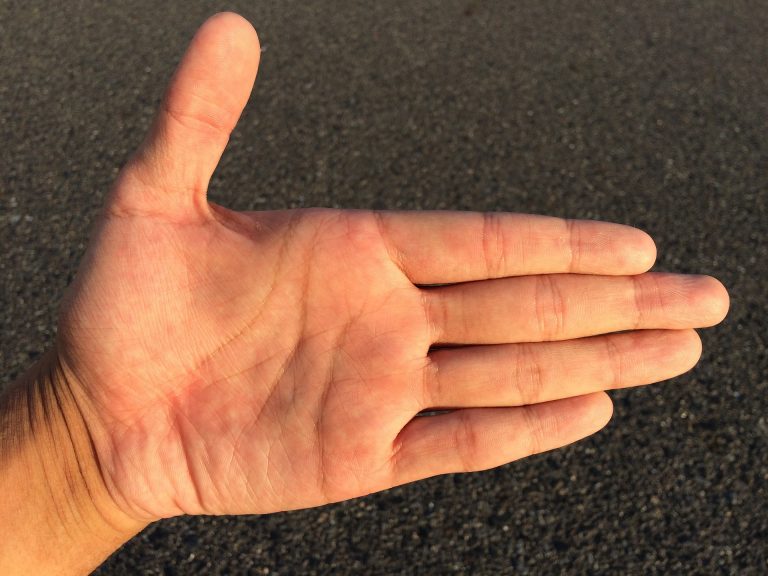Introduction
Fire, a fundamental element of nature and a source of warmth, light, and energy, has fascinated humanity for millennia. Yet, one intriguing question often arises: can fire have shadows? This article delves into the science behind shadows, the behavior of fire, and the fascinating phenomenon known as fire shadows.
Understanding Shadows
To comprehend whether fire can cast shadows, it’s essential to first understand the nature of shadows themselves. A shadow is an area where light is blocked by an opaque object, creating a region of darkness on a surface behind the object. Shadows form when light rays from a source (such as the sun or a lamp) are obstructed by an object, preventing them from reaching a particular area.
Key characteristics of shadows include:
- Shape and Size: Shadows mimic the shape and size of the object causing the obstruction, depending on the relative positions of the light source, object, and surface.
- Opacity: Shadows are cast by opaque objects that block light entirely or partially, resulting in varying degrees of darkness depending on the object’s transparency.
- Movement: Shadows change in size, shape, and position as the relative positions of the light source, object, and surface change due to the rotation of the Earth, movement of the object, or movement of the light source.

Can Fire Cast Shadows?
Fire, typically regarded as a source of light rather than an opaque object, does not cast traditional shadows in the same manner as solid objects. This is because fire itself emits light and does not block light from another source. However, there is an intriguing phenomenon known as “fire shadows,” which refers to the perception of darker areas around flames under specific conditions.
Understanding Fire Shadows
The concept of fire shadows is not about the literal casting of shadows by fire but rather the visual effect created by the contrast between the bright flames and their surroundings. Several factors contribute to the perception of fire shadows:
- Brightness and Contrast: Flames emit intense light, illuminating their immediate surroundings. In contrast, areas beyond the reach of direct firelight appear darker, creating the illusion of shadows around the fire.
- Environmental Conditions: The perception of fire shadows is influenced by ambient light conditions, such as the time of day, presence of other light sources, and the reflective properties of nearby surfaces.
- Human Perception: Our eyes perceive relative brightness and contrast, interpreting areas lit by fire as bright and areas outside this illumination as comparatively darker. This perceptual contrast gives rise to the sensation of fire shadows.

Examples and Observations
Observing fire shadows can be an intriguing experience, particularly in outdoor settings during twilight or nighttime. For instance:
- Campfires: In a dark forest or camping site, a campfire can create a halo of illumination around it, with the surrounding trees and ground appearing darker in comparison.
- Candle Flames: Indoors, a candle flame can cast a subtle glow on nearby surfaces while leaving areas farther away in relative darkness, simulating the effect of shadows.
- Fireplaces: The flames in a fireplace can create dancing patterns of light and dark on the walls and ceiling, depending on the fire’s intensity and the arrangement of objects in the room.
- Industrial Fires: Larger fires, such as those in industrial settings or controlled burns, can cast visible light and create contrasting areas of brightness and darkness, especially in low-light conditions.
Scientific Explanations
From a scientific standpoint, fire shadows can be explained by the principles of optics and human visual perception:
- Light Emission: Fires emit light in the form of electromagnetic radiation, primarily in the visible spectrum. This light illuminates the surrounding environment, making nearby objects appear brighter than those farther away.
- Contrast Enhancement: The human visual system enhances contrast in scenes with varying levels of brightness. Areas directly lit by fire appear bright, while areas outside this illumination appear relatively darker, enhancing the perception of shadows.
- Absence of Opaqueness: Unlike solid objects, fire does not block light; instead, it emits light. Therefore, fire does not cast shadows in the traditional sense but creates the illusion of shadows through relative brightness and contrast.

Cultural and Symbolic Significance
Beyond its scientific explanation, the concept of fire shadows holds cultural and symbolic significance:
- Metaphorical Shadows: Fire shadows can symbolize the transient nature of light and darkness, life and death, or the interplay between illumination and obscurity in literature, art, and mythology.
- Practical Use: Historically, firelight and shadows played crucial roles in storytelling, rituals, and nighttime activities, shaping human experiences and cultural practices.
- Artistic Expression: Artists often depict fire shadows in paintings, photography, and other visual media to evoke mood, depth, and contrast in compositions.
Conclusion
In conclusion, while fire itself does not cast shadows in the conventional sense due to its nature as a light-emitting source, the phenomenon of fire shadows refers to the visual effect created by the contrast between firelight and its surroundings. This perceptual contrast gives rise to darker areas adjacent to flames, simulating the appearance of shadows. Understanding fire shadows enhances our appreciation of the interplay between light, darkness, and human perception, illustrating the dynamic relationship between natural phenomena and visual experience.
By exploring the scientific principles, examples, and cultural interpretations of fire shadows, we gain insight into how light and darkness converge in the presence of fire, enriching our understanding of this elemental force and its impact on our senses and imagination.

